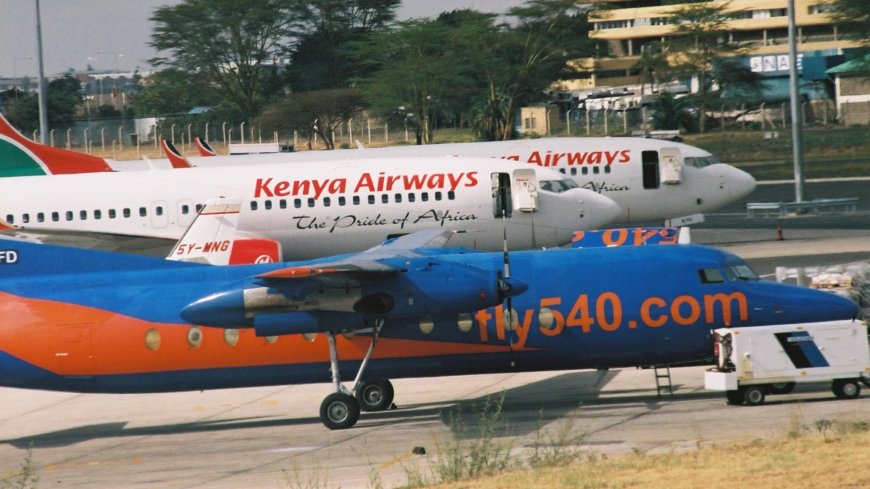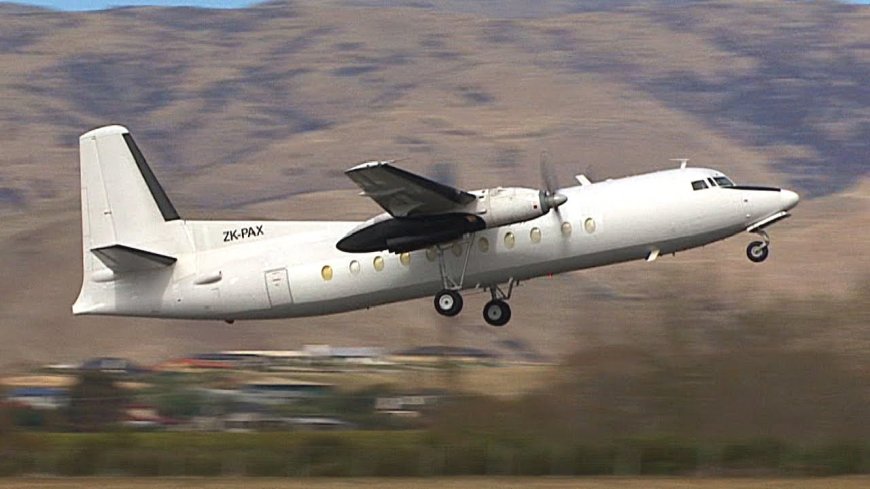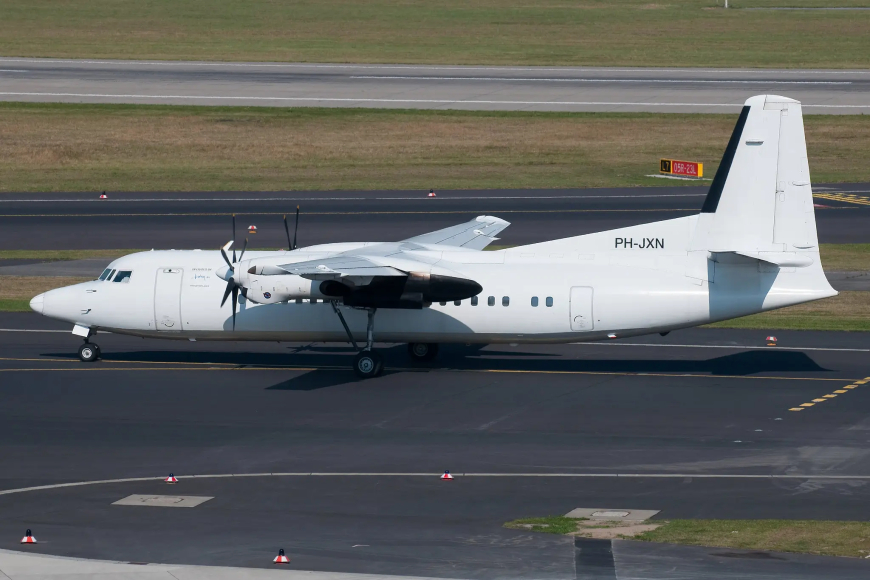Why Kenya Govt Has Banned Import Of These Planes
The move prohibits new applications for type acceptance, registration, or certificates of airworthiness for the two aircraft types.

Kenya’s Civil Aviation Authority (KCAA) recently announced a ban on the importation of Fokker 27 and Fokker 50 aircraft models, citing safety concerns linked to the aging fleet and increasing maintenance difficulties.
The move, effective November 1, 2025, prohibits new applications for type acceptance, registration, or certificates of airworthiness for the two aircraft types.
“No new applications for type acceptance, registration, or certificate of airworthiness issuance for the above aircraft types shall be processed,” the KCAA said in a statement as of November 6, 2025.
“Existing aircraft of the same types already on the Kenyan register may continue to operate only until de-registration, or permanent grounding, whichever comes first, after stakeholder engagement, subject to continuous compliance with applicable safety requirements.”

Photo of a Fokker 27 aircraft taking off. /HISTORICAL FILM AVIATION UNIT
While the new directive does not immediately affect operators currently flying Fokker models, it signals the beginning of a gradual phase-out of these once-reliable turboprops from Kenyan skies.
The KCAA explained that the restriction was motivated by “safety concerns related to their age and maintenance challenges.” However, it clarified that the ban will not apply to F27 and F50 aircraft that are foreign-registered and merely overflying or making technical stops in Kenya.
The regulator did not disclose the exact safety issues behind the decision. Fleet data from ch-aviation shows at least 21 F50s and seven F50(F)s are still operating in Kenya, spread across 11 carriers: Advantage Air, AeroSpace Consortium, Buffair Services, Freedom Airline Express, i-Fly Air, Jetlite Air, Renegade Air, Rudufu, Jetways Airlines, Skyward Airlines, and Jubba Airways (Kenya).
The largest Fokker operators are Renegade Air, Skyward Airlines, and Jetways Airlines. Safari Express Cargo remains the only airline flying a Fokker 27-400.
Some airlines have already begun adjusting to the regulatory shift. Jubba Airways (Kenya) has sold one F50 and one F50(F), previously operated by its Somali affiliate, to Ituri Airlines in the Democratic Republic of Congo.
Skyward Airlines said it had anticipated the ban and started revising its fleet strategy, though it hopes to continue flying the type “for the next five to ten years.”
For decades, the Fokker 27 and 50 have been the workhorses of East Africa’s aviation sector. Their reputation for reliability, low operating costs, and ability to handle rough and short airstrips made them ideal for domestic and regional routes in Kenya, Somalia, and Sudan. However, their gradual retirement is expected to reshape the regional aviation landscape.
The biggest beneficiary of this transition is likely to be ATR (Avions de Transport Régional), whose turboprops have become the go-to replacement for older Fokkers.
Renegade Air has already expanded its fleet with ATR42 and ATR72 freighters and passenger aircraft, while Jubba Airways is preparing to refleet its Somali operations with ATR models. The shift not only represents a modernization of fleets but also a broader push toward more efficient, safer, and cost-effective regional aviation.
Beyond the aviation sector, analysts warn that the KCAA’s decision could have broader economic implications. Restricting imports of specific aircraft types may set a precedent that influences other industries, including automotive and manufacturing, potentially leading to delays in equipment availability, higher operational costs, and shifts in consumer demand toward newer or safer alternatives. Competitors in various markets could capitalize on the transition by promoting modern, safety-certified models and strengthening their foothold in Kenya.
The decision comes at a time when Kenya’s manufacturing and transport sectors are already grappling with high taxes, volatile energy prices, and regulatory uncertainty. Introducing new restrictions in the aviation sector adds another layer of complexity to an economy still finding its footing amid global pressures and domestic reforms.
As the phase-out of the Fokker 27 and 50 unfolds, airlines and manufacturers are reassessing their strategies to maintain compliance and operational continuity.
While the impact may be gradual, the ban marks a pivotal shift for Kenya’s aviation industry—away from aging legacy aircraft and toward a new era of regional connectivity defined by safety, efficiency, and modernization.







